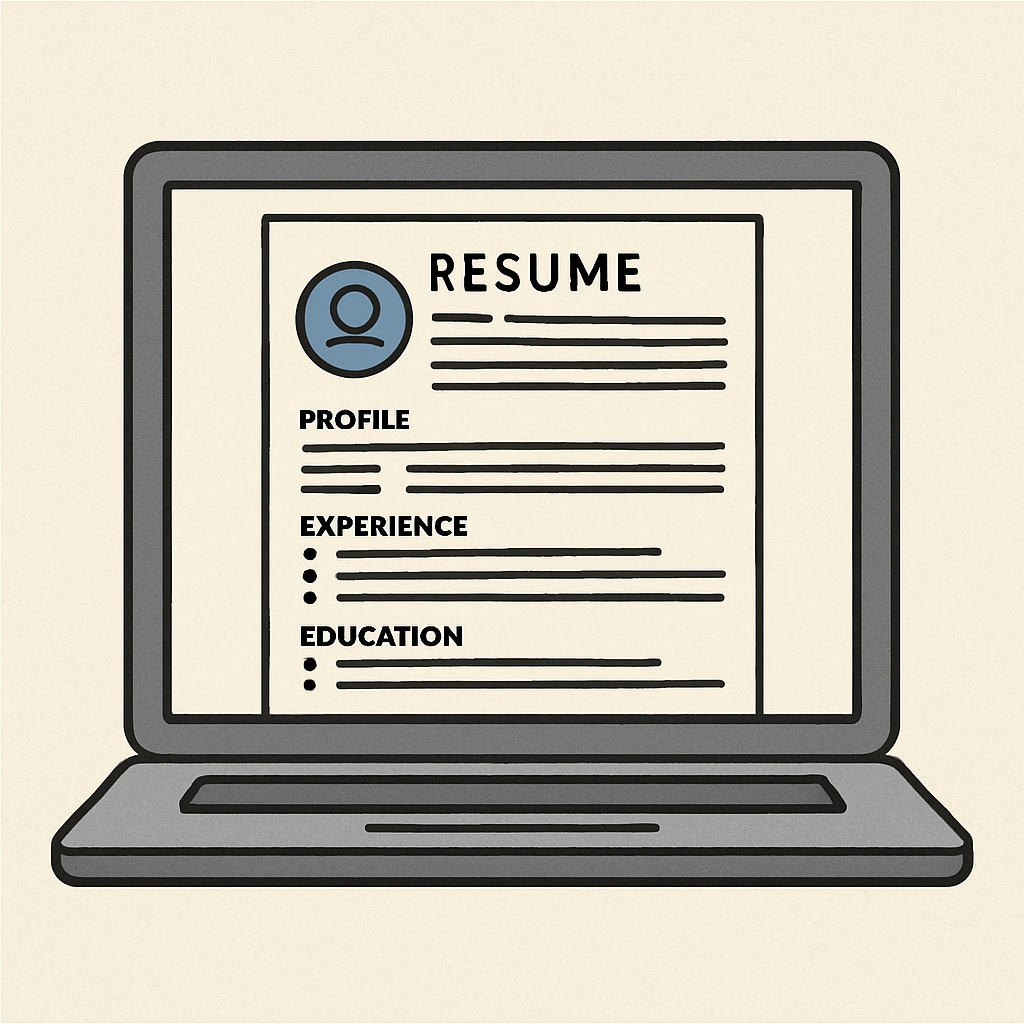Creating a standout resume for Canada’s K12 education sector requires understanding the unique cultural and professional expectations of this market. For educators seeking international opportunities, tailoring your CV to align with Canadian standards is essential for success. This article explores how to adapt your resume to meet Canadian K12 education requirements while offering practical assistance to help you secure your dream role.
Understanding Canada’s K12 Education System
Canada’s K12 education system is known for its diversity and emphasis on inclusivity. It includes kindergarten through Grade 12 and operates differently across provinces, each with its own curriculum and teaching standards. For example, Ontario emphasizes inquiry-based learning, while British Columbia focuses on personalized education plans. Understanding these regional differences is crucial for crafting a resume that resonates with hiring managers.
Moreover, Canadian schools value skills such as collaboration, adaptability, and cultural competency. Highlighting these attributes in your resume can significantly increase your chances of landing an interview.

Key Elements of an Effective K12 Education Resume
A professional resume tailored for Canada’s K12 education market should include the following elements:
- Contact Information: Include your name, email, phone number, and LinkedIn profile. Ensure your details are formatted according to Canadian standards.
- Professional Summary: Write a concise summary highlighting your teaching experience, certifications, and unique skills.
- Education: List your degrees and certifications relevant to teaching, such as Bachelor of Education (B.Ed.) or provincial teaching certifications.
- Work Experience: Focus on roles that showcase your ability to teach diverse student populations and implement innovative teaching methods.
- Skills: Include both hard (e.g., curriculum design) and soft skills (e.g., communication, problem-solving).
- Certifications: Mention any certifications required to teach in Canada, such as TESL (Teaching English as a Second Language) or provincial qualifications.
In addition, use action verbs like “facilitated,” “developed,” and “mentored” to describe your accomplishments. Quantify your achievements where possible, such as “Improved student math scores by 20% through targeted interventions.”
Tailoring Your Resume for Canadian Employers
To stand out in the competitive Canadian K12 education market, you must demonstrate that you understand local expectations. Here are some specific tips for tailoring your resume:
- Language: Use Canadian spelling and terminology. For example, write “centre” instead of “center” and “programme” instead of “program.”
- Cultural Sensitivity: Highlight experiences working with diverse communities, as Canadian schools prioritize inclusivity.
- Accomplishments: Focus on achievements that align with Canadian values, such as fostering student engagement or implementing eco-friendly practices in the classroom.
- Formatting: Ensure your resume is clean, professional, and easy to read. Use bullet points, avoid overly decorative fonts, and keep the document to one or two pages.

Where to Get Professional Assistance
If you need help crafting your resume, there are many resources available. Consider consulting with professional resume writers who specialize in international job applications. Websites like Britannica’s Resume Guide or Wikipedia’s Resume Overview offer valuable insights into formatting and content.
Additionally, many Canadian universities and recruitment agencies provide workshops and one-on-one coaching for educators seeking to enter the local job market. These resources can help you refine your resume and prepare for interviews.
Final Thoughts
Crafting a resume for Canada’s K12 education sector requires careful attention to cultural and professional details. By highlighting relevant skills, tailoring your achievements to Canadian values, and utilizing professional assistance, you can significantly enhance your chances of securing a position. Remember, your resume is your first impression—make it count!
Readability guidance: Use concise language, avoid jargon, and focus on actionable advice. Incorporate short paragraphs and lists to improve readability and engagement.


